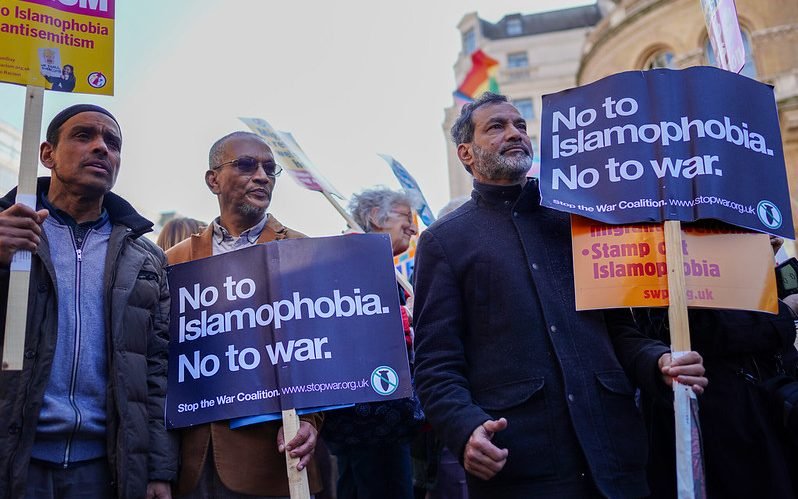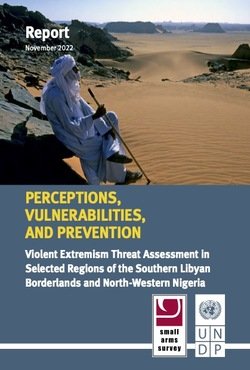By Parliament of Australia. Senate Legal and Constitutional Affairs References Committee
This examination of right-wing extremists in Australia looks at the movements, motivations and international links of local groups, particularly in online spaces. The report makes recommendations focusing on social media platform regulation, law enforcement access to encrypted communications and the creation of a national hate crimes database.
The inquiry, prompted by growing concern regarding right-wing extremism globally and its impact on Australian society, sought digito define, understand and limit the harm of right-wing extremist movements. Along with the historical and ideological background, it considers modern pathways to radicalisation with a focus on the significant role of online platforms. The report considers existing measures in place to counter violent extremism and makes six recommendations to curtail the spread and limit the harm of extremist groups.
Recommendations
The Australian Government should regularly assess the effectiveness of deradicalisation and countering violent extremism programs, incorporating insights from experts, practitioners, and research organisations, both domestically and internationally.
Develop a national framework to guide engagement with young people, aiming to help them identify and reject harmful ideologies while fostering positive social connections.
Research how extremist actors, particularly those targeting young people, use online platforms, including social media and gaming platforms, to spread propaganda and recruit members.
The Office of the eSafety Commissioner should collaborate with stakeholders to develop guidelines for transparent and independent measures to ensure social media platforms are effectively removing harmful extremist content.
Consider legislation allowing law enforcement and intelligence agencies, with a warrant obtained through proper judicial process, to access encrypted communications when there is a credible national security threat.
Establish a national hate crimes database to aid in the development of effective prevention and support programs.
Canberra: Parliament of Australia. The Senate, Legal and Constitutional Affairs References Committee 2024. 223p.





















